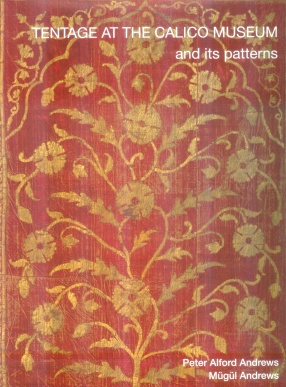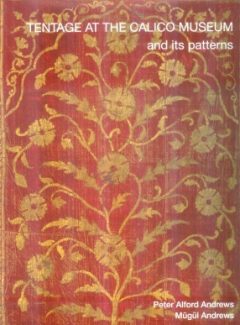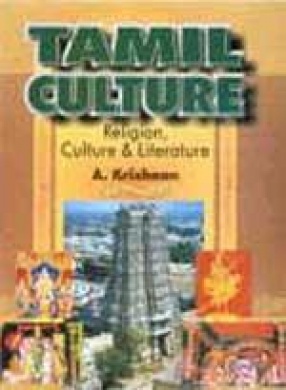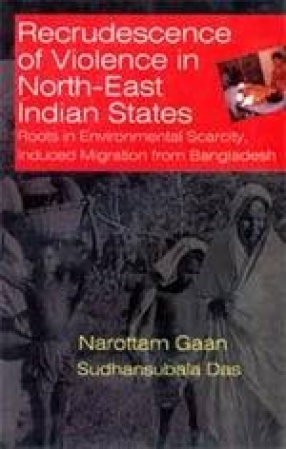For the rulers of India, whether Hindu or Muslim, tents had an importance far beyond the practical: they were direct expressions of status, in terms of height, size, colour and richness of decoration. In a way that is hard for us to imagine today, they were a genre of applied art in themselves, with a specific symbolism. Although HUGE quantities of tentage must have been created, the climate and insect life of India have destroyed much of this perishable material: very few complete tents have survived from even the eighteenth century, and many survive only as isolated panels or groups of panels. From at latest the Sixteenth century C.E., Ahmedabad was a major centre for tent production. Since the 1950s, Gautam and Gira Sarabhai have carefully assembled a representative collection of the tent panels in the Calico Museum of Textiles at Ahmadabad, with a few important tent roofs. For the first time, these are considered in this book as an art form in its own right.
Contents: Foreword. 1. Introduction. 2. A brief history of Tentage on the Indian subcontinent. 3. Measures under the Moghuls: Official measurements, gaz. 4. Some tent types and components. 5. Catalogue of specimens in the museum. Appendices. English Glossary. Perso-Indian glossary (tent terminology). Bibliography. Picture credits.







There are no reviews yet.